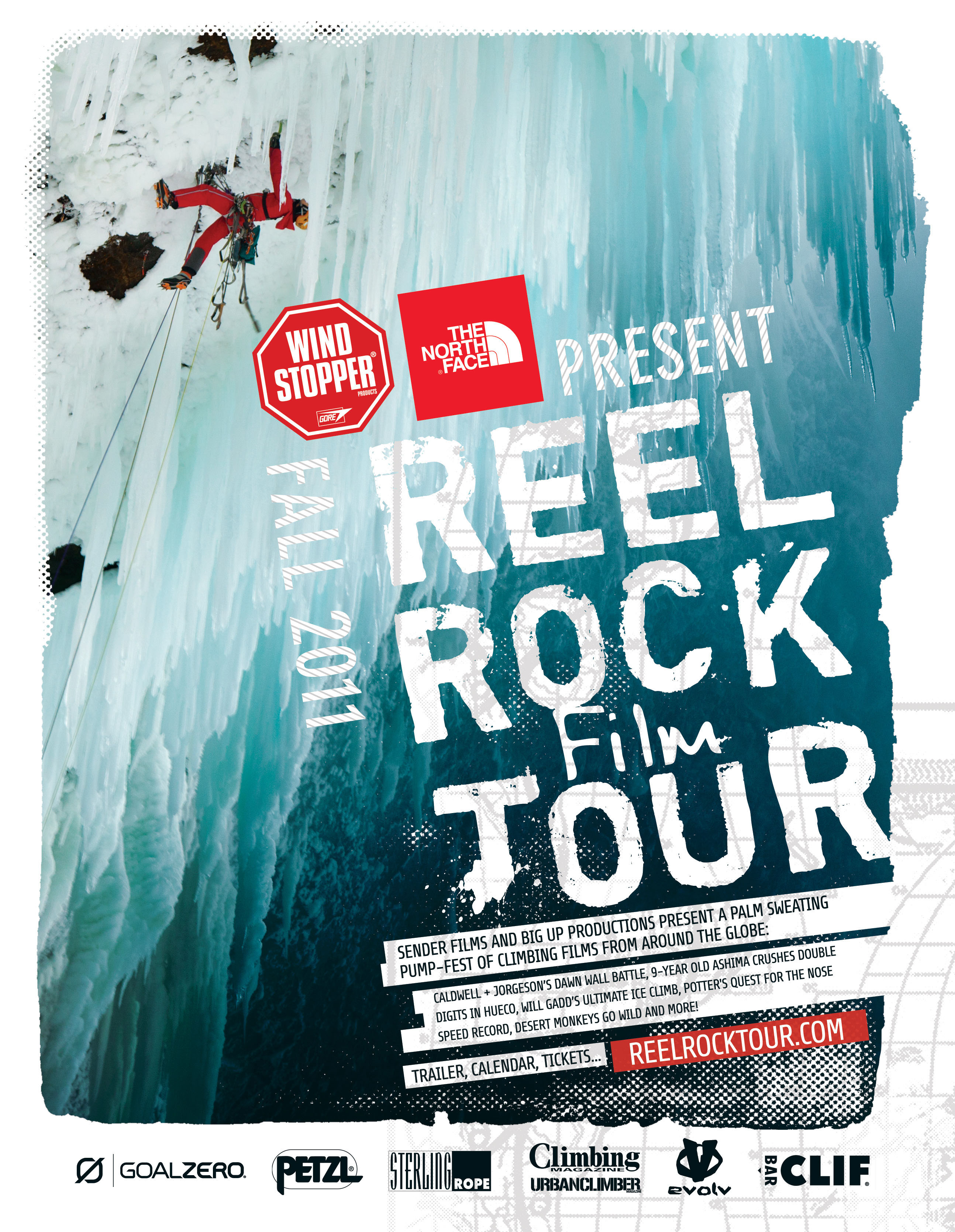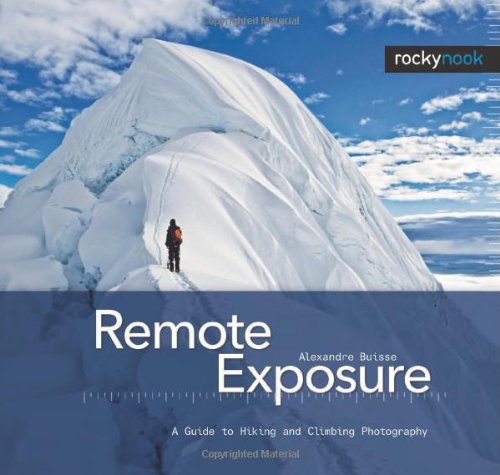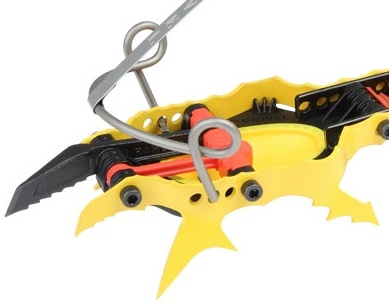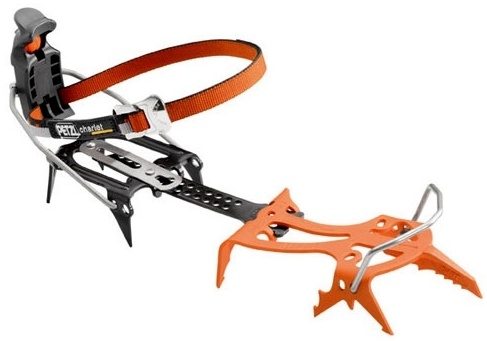
Reel Rock 6 seems to include lots of stuff related to alpine stuff. It starts with Will Gadd's and Tim Emmett's exploits on wildly overhanging spray ice in Canada's Helmcken Falls, followed by a shortened version of Cold , featuring a winter ascent of Karakoram's Gasherbrum 2. After that the film moves to rock climbing. Most of this in this film's case take place on the big walls of Yosemite. The film is available as HD download.
- 2011 Reel Rock Tour Review2011 Reel Rock Tour Review. Overall, a fun show to be sure, and always fun to see the local community come out of the woodwork. Hopefully they raised a bunch of money for the high school, it seemed much better attended than last year’s event. I think overall the Tour wasn’t as impressive as year’s past, though the first half of the show felt cohesive and complete. I would have preferred to see the spotlight in the second half given to something with a little more substance, but I guess there’s always next year! At Splitter Choss.
- First Winter Ascent of an 8000m Peak in Pakistan. In a three-day push from base camp, Simone Moro, Cory Richards and Denis Urubko completed the first winter ascent of Gasherbrum II. On February 2 the team reached the summit of Gasherbrum II (8035m) in the remote Karakoram Range in northwest Pakistan. By Daniel Starr at Alpinist on 2011-02-02.
- Gadd and Emmett Suggest WI10. Years ago, Will Gadd saw a photo and heard a rumor online about the potential for a futuristic ice route on an incredibly steep wall behind Helmcken Falls, in Wells Gray Provincial Park, British Columbia. Though the idea intrigued Gadd, he didn't believe the cave would be so tall--460 feet. Nor did he think that a line of pure ice could form on such a steep wall--overhanging 45 degrees. By Erik Lambert at Alpinist on 2010-02-01.
- Gadd Speaks Out on Spray On. Two weeks ago, Will Gadd and Tim Emmett established Spray On, an ice climb in British Columbia unlike any other. Probably the world's steepest pure ice line—it overhangs by more than 45 degrees—it's also becoming the world's most controversial. Spray On is protected by a string of bolts, placed every few meters, and has been given the wild and unprecedented grade of WI10. By Erik Lambert at Alpinist on 2010-02-11.
Moonflower Is another interesting looking new video. It details the climb "Cartwright Connection"Mount Hunter4442mAK4+/nccs IV AI3 5.8; V/AI3/70°, 5.8,A32440m, 7-10 days on route on Mount Hunter's Moonflower Buttress by Britons Jon Bracey and Matt Helliker. For more info, see British Moonflower Buttress Expedition 2011 or Cartwright Connection.


